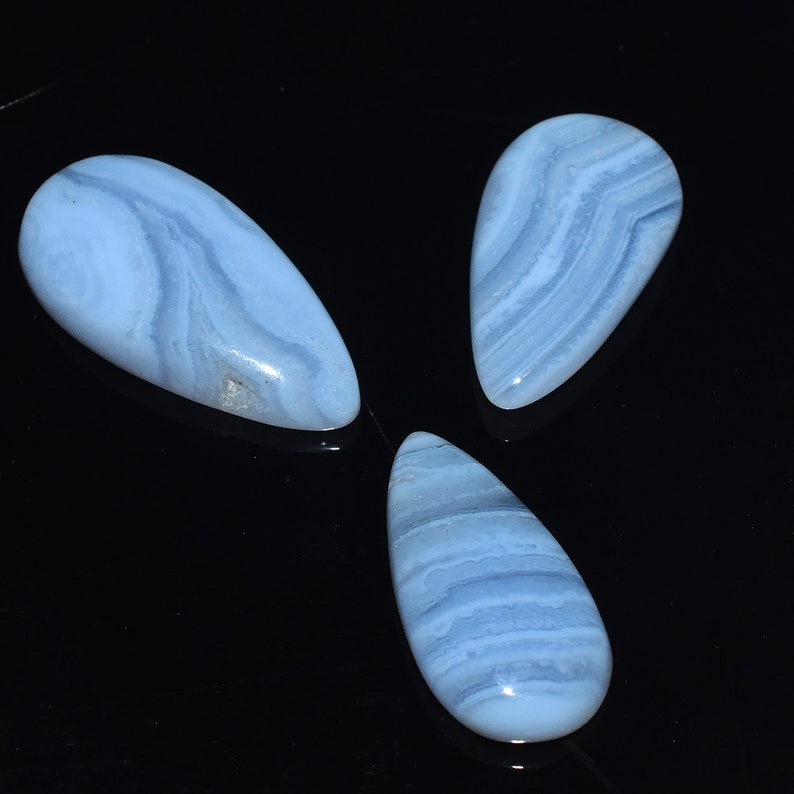

WHICH OF THESE STONES IS AN AGATE? The answer is the top left stone, which is a broken nodule of carnelian (because of its orange-brown colour) agate from Oregon. Obviously, your average rockhound can’t see the microscopic arrangement of quartz crystals, so most identify agates by intuition, experience, and convention, which is what we will do here. There has recently been an attempt to define an agate more scientifically, with the suggestions that a true agate has its microscopic quartz crystals arranged in fibres, whereas these crystals in jasper, chert and flint are granular. The general name for cryptocrystalline quartz is chalcedony (pronounced kalcedony ), and non-banded forms coloured by small amounts of certain minerals are give special names, such as carnelian (orange due to iron impurities) and chrysoprase (green due to nickel impurities) although carnelian showing banding may also be considered an agate. To complicate matters further, translucent quartz stones without banding are often called agates, and any rock or fossil with a high level of cryptocrystalline quartz is often said to be ‘agatized’. However, the distinction between agates and jaspers and other rocks can be blurred some jaspers have patches of banded agate, and many of our opaque local rocks that are called jaspers have rather little silica compared to the famous ‘porcelain’ jaspers found in the U.S. Agates are usually recognised by being translucent with distinct bands, while jaspers, flint and chert generally do not show bands and contain high levels of minerals that make them more opaque. This means that the quartz is in the form of ‘micro crystals’ that cannot be seen with the naked eye.

WHAT IS AN AGATE? Agates, like jasper, flint and chert, are made of cryptocrystalline quartz (silicon dioxide = silica). So here is a short quiz and some pointers of what to look for. Cowichan Valley Rockhounds Agates are my favourite stones to collect, cut and polish, and even new rockhounds can recognise some of the more distinctive agates with relatively little knowledge.


 0 kommentar(er)
0 kommentar(er)
